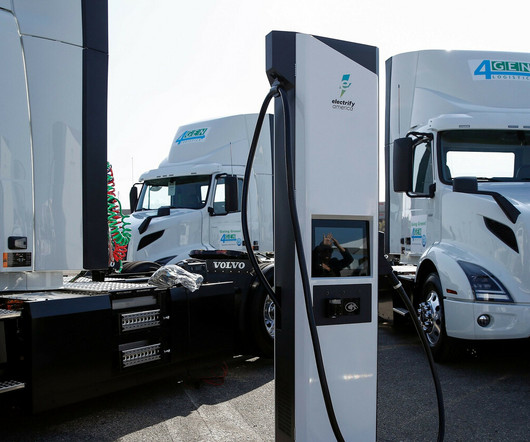What You Need to Know about Advanced Clean Fleets: Funding, Flexibility, and FAQs
Union of Concerned Scientists
JUNE 3, 2024
By 2050, the climate benefits from compliance with ACF will translate to a reduction of 146,000 tons of nitrogen oxides, nearly 7,000 tons of fine particulate matter, and 327 million metric tons of carbon dioxide. The ACF is estimated to significantly reduce pollution from the statewide commercial truck and bus fleet.












Let's personalize your content